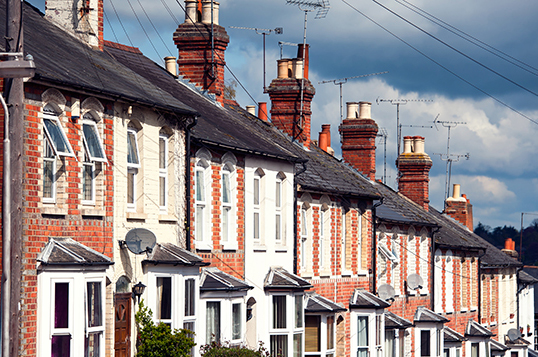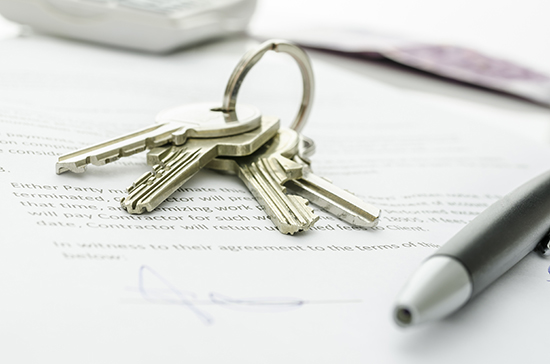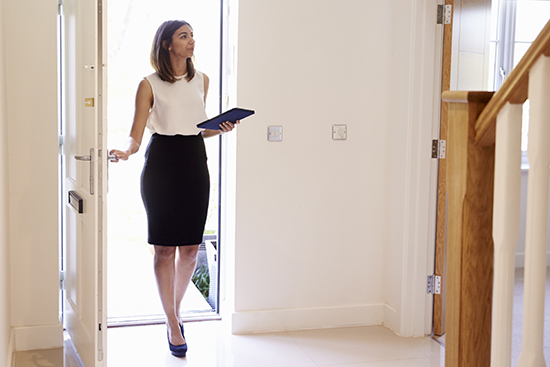Why are terraced houses so common in Leeds?
by on 6th June 2018
I lived in Leeds from 1986 to 1987, as a student, in the suburb of Headingley, long before I made acquaintance with the team at Hogan’s. I do vaguely remember a bus route that took me through Harehills and not directly to the city centre, when I was teacher training and if I squint back in time, I perhaps can tell you I could see Hogan’s estate agency office in my mind’s eye – but I think you’d smell a rat. I don’t remember Hogan’s, even though they’ve been in Harehills for over 30 years.
What I do remember though from Leeds and from stays and visits there in recent years is the abundance of terraced homes.
Rewind again to 1986.
Headingley.
I lodged in a nice spot behind the Original Oak and Skyrack on some road called Granby View, I think? I remember it not only had neighbours either side as you’d expect from a terraced house, but was attached to another block behind. It had steps up to the front door, four storeys and was hellishly cold – so cold in fact that the mains water froze and standpipes were put in the streets. Does anyone else remember that winter? Property prices were expensive too I remember back then in LS6.
On pub crawls round Kirkstall and the like, I recall more terraced homes with washing lines running across front streets.
Those bus trips through Harehills and Hyde Park were lined with terraced homes too and they only seemed to be punctuated by the occasional tower block in places like Burmantofts.
But why?
Terraced homes built from the 17th century onwards were the original high density accommodation that were so common in Leeds as they housed industry workers.
Leeds’ wealth was largely based on wool and that, along with printing, engineering and flax production, meant that a massive workforce was needed, workers who needed homes close to the city centre.
Terraced homes were affordable back then too (and still are in parts of Leeds). A typical terraced home in the 1930s (according to newspaper reports) would cost around £450, the equivalent of £60,000 today with inflation factored in. The average wage though was just £1 a week.
In Victorian times, these prices would have been even lower.
What’s interesting though (to me at least) is that new build townhouses are much more expensive than older terraced homes, and are much smaller:
In 1920 a small, terraced home would have three bedrooms occupying 1,020sq ft while today such homes have shrunk to two bedrooms and 645sq ft.
The older terraced home is excellent value for money and sales of this type of home are one of our specialisms at Hogan’s – we value and sell them locally in Harehills, East End Park, Burmantofts, Gipton, Seacroft, Beeston and Middleton as well as further afield. We have a huge database of investors and buyers who are always looking for terraced houses, to rent out or live in.
If you want to know the value of your house in Leeds, whether it’s an apartment, a terraced, semi-detached or detached, and would like to know how we can help you move, give us a call, fill in the form below or drop us an email now.












